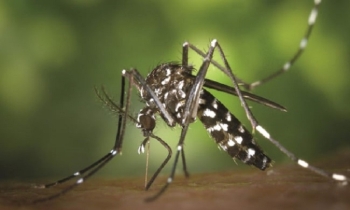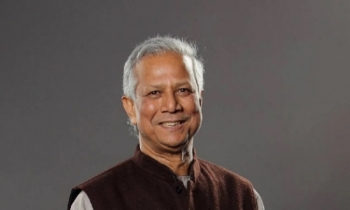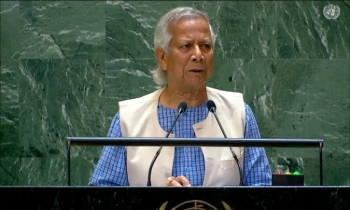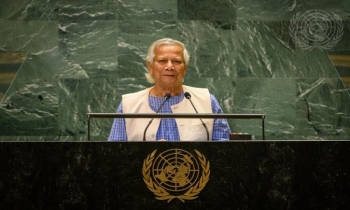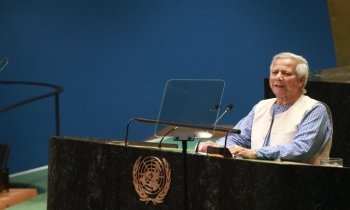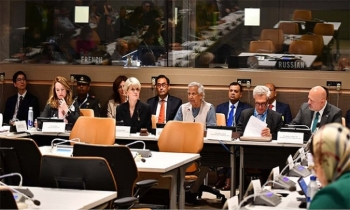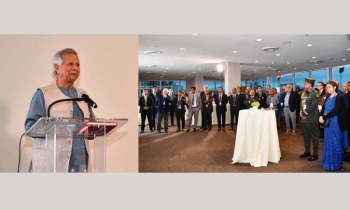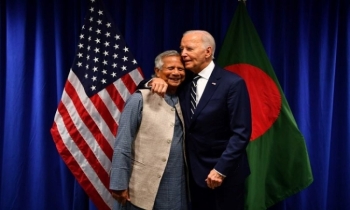Dhaka plans to meet the growing demand for quality cattle feed
BI Report || BusinessInsider
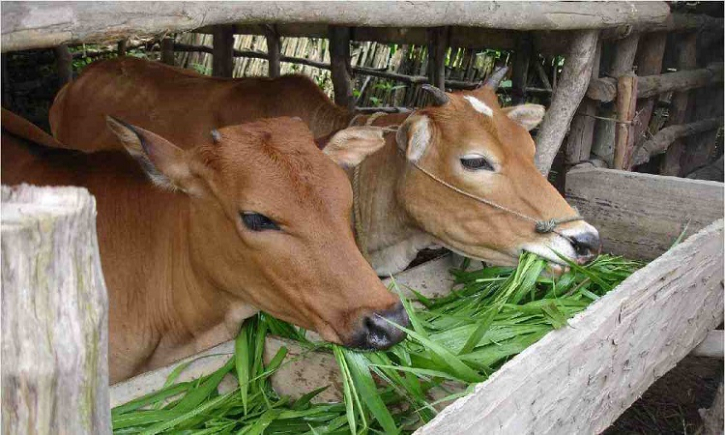
Photo: Collected
Bangladesh government has taken a major initiative to make the cultivation of high-yielding grass variety and silage technology popular among farmers in order to meet the growing demand for quality cattle feed across the country.
Silage is a method used to preserve the pasture for cattle to eat later when natural pasture isn't good, like in the dry season.
The grasses are cut and then fermented to keep as much of the nutrients (such as sugars and proteins) as possible. And adding nutritive value to cattle feed increases the efficiency of the animals.
A project, titled ‘Expansion of High Variety of Grass Cultivation and Transfer of Suitable Technology to Improve Animal Nutrition’, has been recently undertaken by the Fisheries and Livestock Ministry.
The Department of Livestock Services will implement the Tk 116.73 crore project in 475 upazilas of Bangladesh by March 2024, reports UNB.
Prime Minister Sheikh Hasina described it as a good project during its approval at the meeting of the Executive Committee of the National Economic Council (ECNEC) on November 24.
The cultivation of high-quality grass will be suitable for the development of livestock in the country, the PM has said.
Under the scheme, permanent grass germplasm nursery will be created at the Central Cattle Breeding and Dairy Farm at Savar in Dhaka and some 8,970 exhibition plots of high-yielding grass variety will be set up at the farmer-level.
Besides, silage technology will be transferred to 17,940 farmers to preserve raw grass in modern and scientific ways.
The other major project operations are distribution of feed additives (Vitamin-Mineral Premix), deworming and enhancing public awareness.
The implementation of the project will not only contribute to the increase in milk and meat production, but also play a role in helping create self-employment for marginalised people in rural areas, officials said.
“Now the farmers need to depend on granular feed as raw grass meets only one-third of the cattle feed demand, resulting in rise in production cost particularly the milk production cost,” Planning Commission member Zakir Hossain Akanda.
“Currently, the milk production cost is some Tk 40 per litre. So, the farmers are mostly interested in fattening the cow for meat,” he added.
The project has been undertaken to popularise the cultivation of the improved variety of Napier Pakchong grass with a view to promoting the commercial livestock farming, said Zakir Hossain.
The Planning Commission member said that the production of Napier and German grasses is 60-70 lakh metric tonnes in the country.
The cultivation of Napier grass started 20 years ago in the country. Now the developed world has started the cultivation of Pakchong, a hybrid variety of Napier grass, he added.

